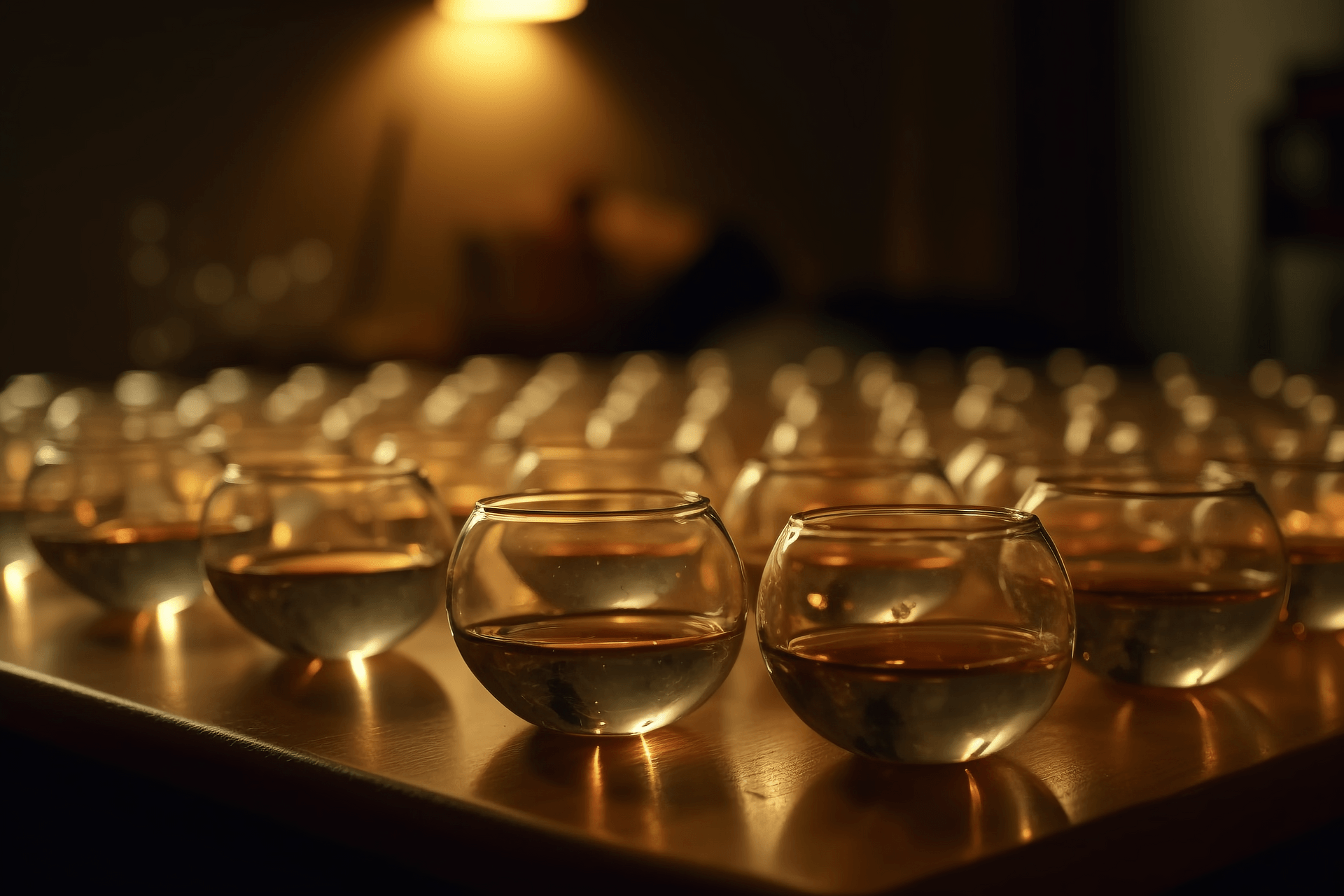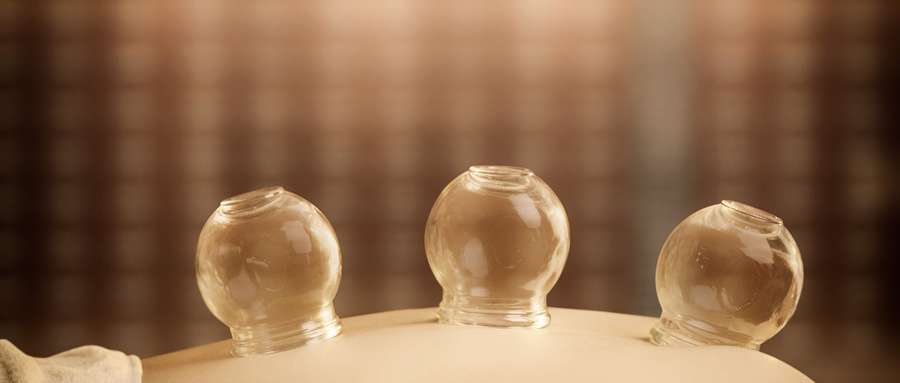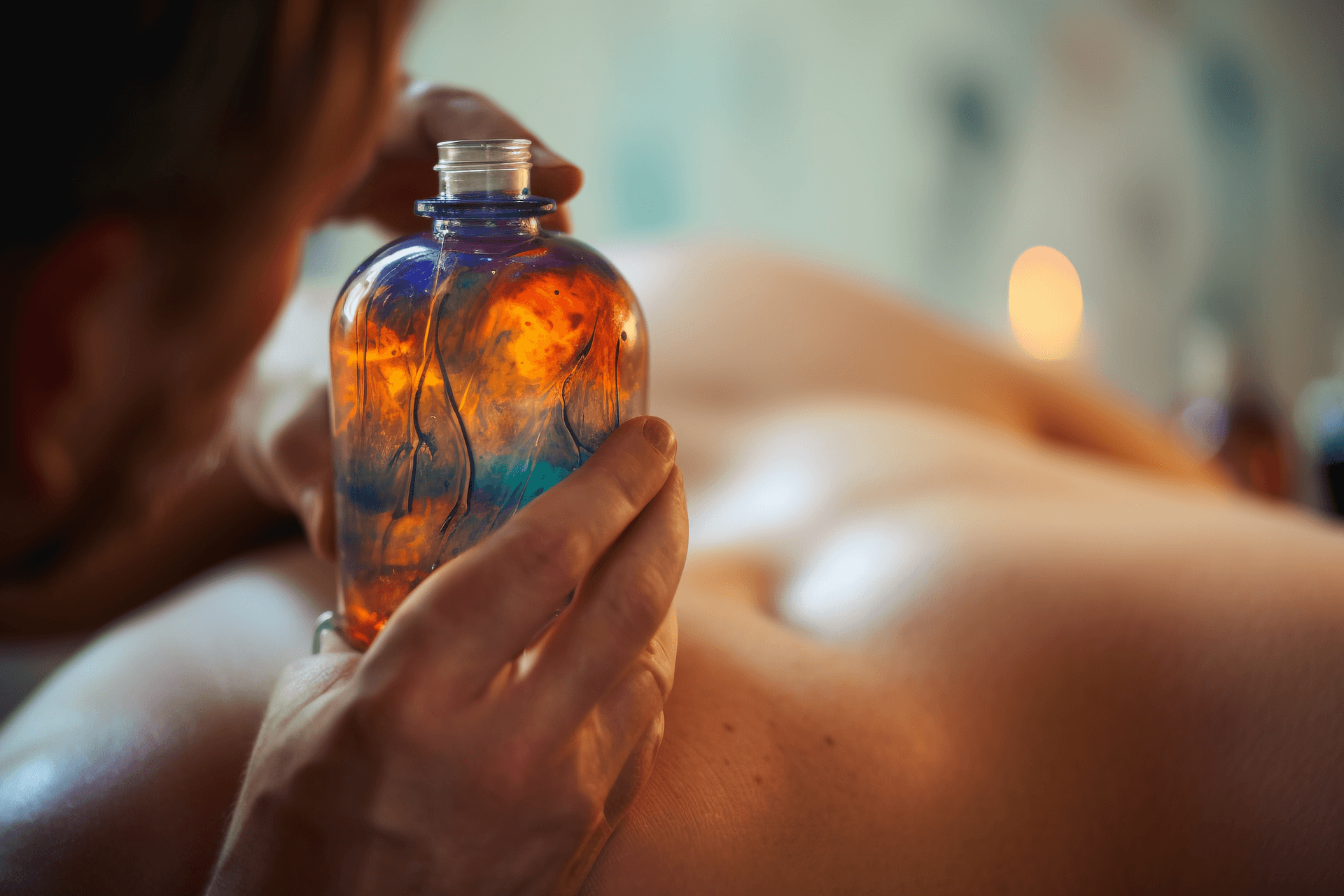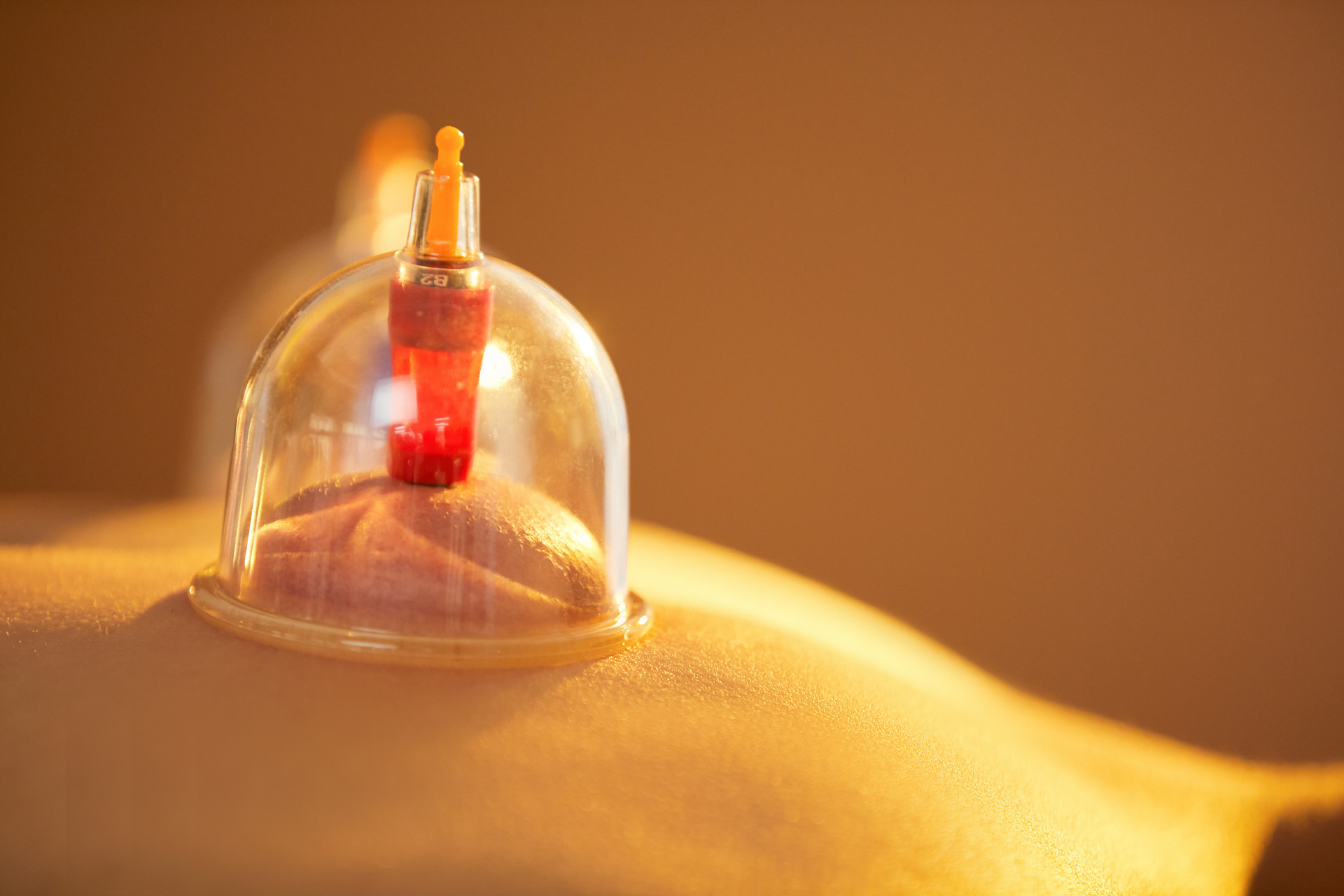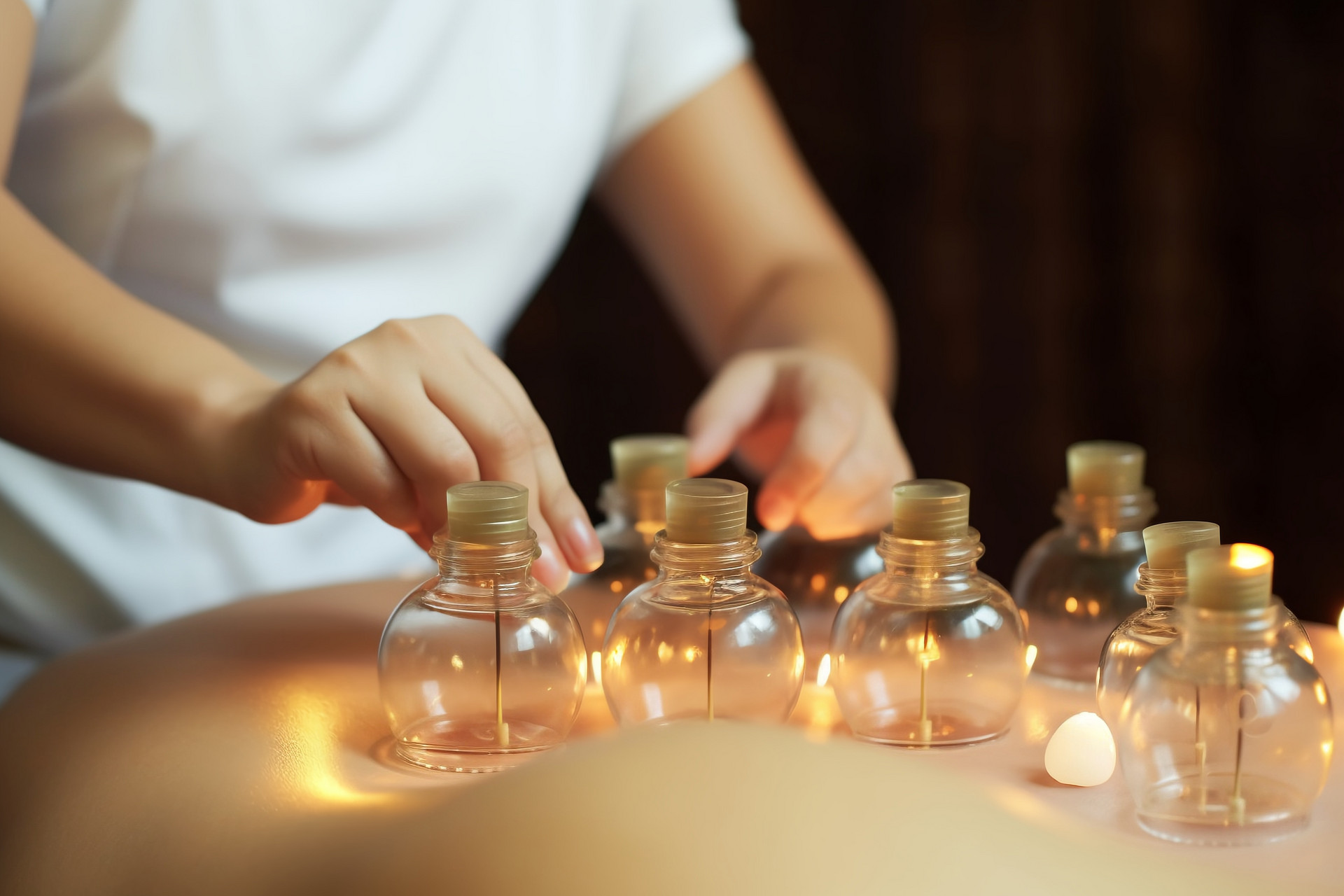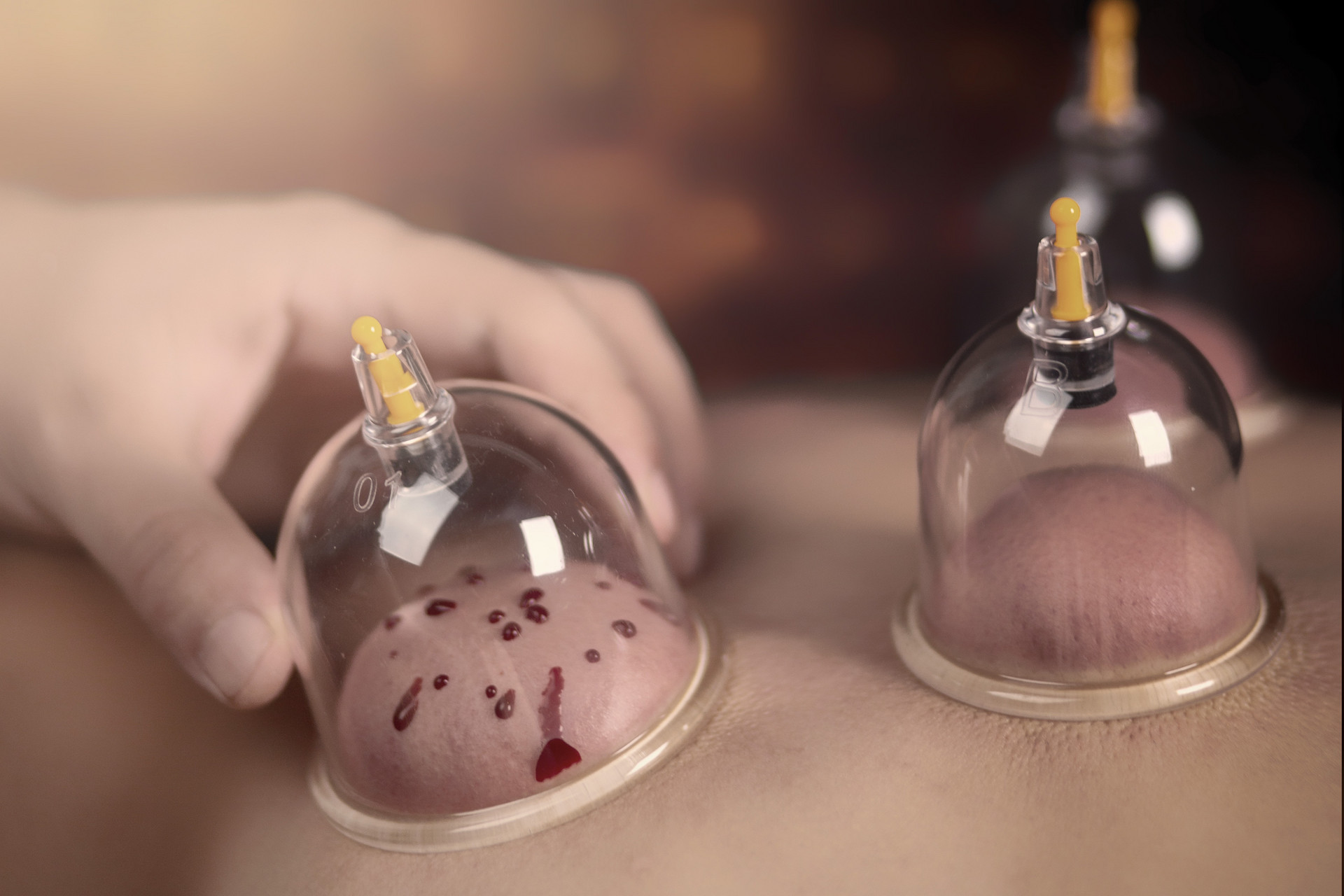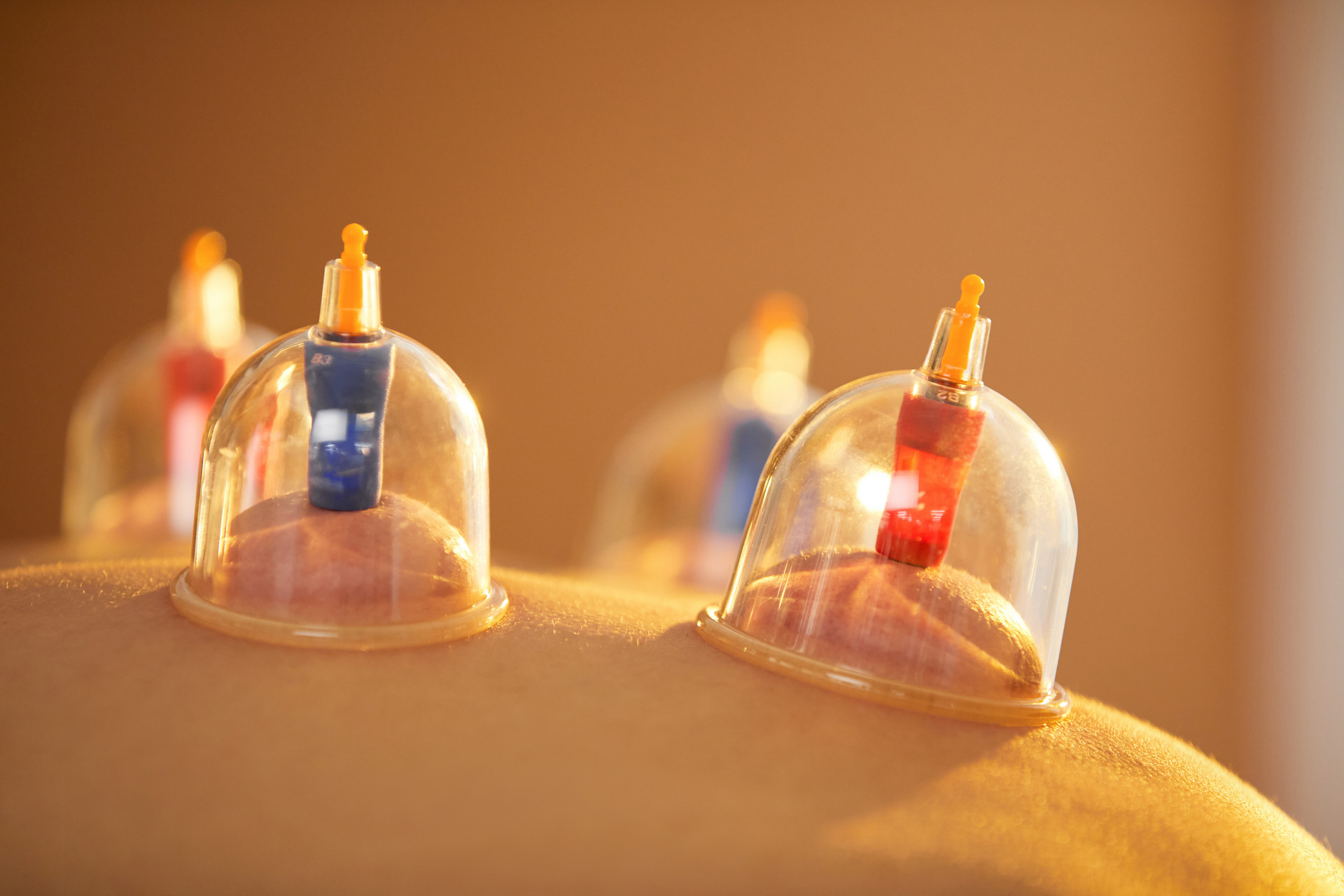Cupping, also known as fire cupping, is one of the traditional Chinese medical therapies. It uses cups as tools to create negative pressure by burning or squeezing, causing the cups to adhere to specific areas of the body (affected areas or acupoints). This creates a wide range of stimulation, leading to local congestion or blood stasis, aiming to prevent and treat diseases and strengthen the body.
"The weapon" for removing pus and blood
Cupping therapy has a long history and was originally called "jiaofa," which referred to the use of animal horns. This term was first recorded in the Han Dynasty medical book "Fifty-Two Disease Formulas" unearthed from the Mawangdui Han Tomb. It states, "For external hemorrhoids, whether large like jujubes or small like kernels, use small animal horns to extract them, just like harvesting two dou of rice, and then open the horns with a small rope, and cut out the hemorrhoids with a knife." This shows that the early jiaofa method used animal horns to create suction force for auxiliary treatment.
With the development of medicine, jiaofa gradually became a more mature external treatment method, combined with acupuncture, called "needle and horn" (zhēnjiǎo). What is "needle and horn"? According to the book "One Hundred and One Recipes for Supplementing Deficiencies After Elbow Injuries" written by Tao Hongjing during the Southern and Northern Dynasties, when treating "foot swelling," first pierce the skin with a "gandao" (a type of needle), then use a "horn" to remove the stagnant blood. This is the "needle and horn" therapy, which involves first performing acupuncture at the lesion and then using the horn method to remove pus and blood. In this way, the horn method evolved from a simple auxiliary suction method to a therapy for removing pathological substances, expanding its scope of application. Due to its simplicity, the "needle and horn" therapy was likely widely used at the time, leading to instances of misuse. As a result, medical experts began to pay attention to the contraindications of the needle and horn method. Ge Hong, a medical expert from the Eastern Jin Dynasty, emphasized in his book "Emergency Recipes for Elbow Injuries" that "carbuncles, tumors, abscesses, tendon nodules, and scrofula should not be treated with the needle and horn method. Few escape misfortune from using the needle and horn method." This clarified the contraindications of the needle and horn method.
Later, the horn method entered the official system and saw further development. In the Tang Dynasty, the earliest government-run medical school, the Imperial Medical Bureau, had departments for medicine, acupuncture, massage, and incantations. Under the medicine department, there were specialties such as "body treatment, sores and swellings, pediatrics, ear, eye, mouth, and horn method." This shows that the horn method, as an independent discipline, received government attention and was incorporated into the formal medical education system. During the Tang Dynasty, the physician Zhen Quan recorded for the first time the method of using boiled bamboo tubes to suck out the venom of snakes and scorpions, which was also later included in Wang Tao's book "Secret Essentials of the Outer Court." It states, "After boiling inside the bamboo tube, take it to the site of the sting with a horn, and replace it when it cools down. When first stung, first use a needle to pierce the site of the sting to draw out blood, and then use the horn." This method involves using a bamboo cup boiled in water to remove air from the cup and then adhere it to the surface of the body, known as the "water cupping" or "suction tube" method. From the Tang Dynasty onwards, bamboo cups gradually replaced animal horns due to their suitability for the water cupping method, wide availability, variable thickness, lightweight, low cost, and strong suction force. By the time of the Song, Jin, and Yuan Dynasties, people began to combine bamboo cups with medicinal substances. They would place the bamboo cup directly in a herbal decoction, then remove it while hot and apply it to the affected area, simultaneously utilizing both the suction and the topical medicinal effects.
On this basis, medical experts further recorded the timing for using the horn method. Tang Shenwei in the Song Dynasty stated in "Classified Herbal Materia Medica" that for treating "back sores, incipient ulcers, and various hot swellings and pains, use a boiled bamboo tube to adhere with a horn." In other words, it can be used to treat the initial stages of carbuncles and abscesses. The Song Dynasty's book "Taiping Holy Prescriptions" pointed out, "For all carbuncles and abscesses on the back, if they are swollen, high, hard, and with thick pus, use a boiled bamboo tube adhered with a horn."


